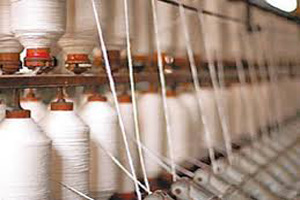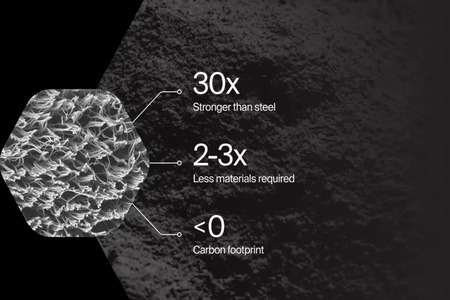
Indian export performance in FY 14 sees huge rebound in textile exports
YarnsandFibers News Bureau 2014-04-28 11:00:00 – New DelhiIndian export performance in 2013-14, sees tremendous rebound in textile exports to other products like crude oil, petroleum products and gems and jewellery. Not only exports but India’s textile production increased 4.6 percent in April-February 2013-14 even as the index of industrial production dropped by 0.1 per cent.
According to HKL Magu, an apparel exporter who supplies to Calvin Klein, Superdry and Next, it become possible due to the currency fluctuation which made the exporter more aggressive and were able to rework their pricing. Also, they were able to grab the Chinese market share as they were selling at a higher price.
Magu is looking ahead for a 15 percent increase in his 2013-14 turnovers and sees demand surging in 2014-15.
In the first 11 months of 2013-14, Cotton fabric exports increased 19.90 per cent to $8.07 billion, speed up from 8.30 per cent growth in the same period of 2012-13. The Cotton garment exports also picked up by 8.14 percent to $8.15 billion and synthetic fabrics and made-ups grew 12.95 percent to $4.63 billion against contractions of 14.19 percent and 12.47 per cent, respectively, in the comparable period of 2012-13.
However, recovery in merchandise exports overall was slow in 2013-14, despite the rupee’s depreciation. Exports rose just 4.43 per cent to $281.82 billion in April-February 2013-14 against a 2.62 per cent decline in the corresponding period of 2012-13. The rupee depreciated over 11 percent, year on year, during April-February 2013-14.
Trade revival was flawed by the two largest components of India’s export basket: crude oil and petroleum products, and gems and jewellery. Exports of crude and petroleum products, which constitute a fifth of India's total outbound shipments, climbed 2.13 per cent to $56.56 billion in April-February 2013-14 from $55.38 billion in the corresponding period of the previous year, when they had grown 9.15 per cent.
The average price of Brent crude plunged to $107.59 a barrel in 2013-14 from $110.12 in 2012-13. Lower realisations ensued as refinery products fetched less. Sluggish overseas demand also contributed.
Ajay Sahai, director-general and CEO of the Federation of Indian Export Organisations (FIEO),attributed the slow growth in petroleum product exports to low rates in global markets.
Market Intelligence
Ask for free sample Report

experience
Customer Base
dedicated team
Countries Served Worldwide









